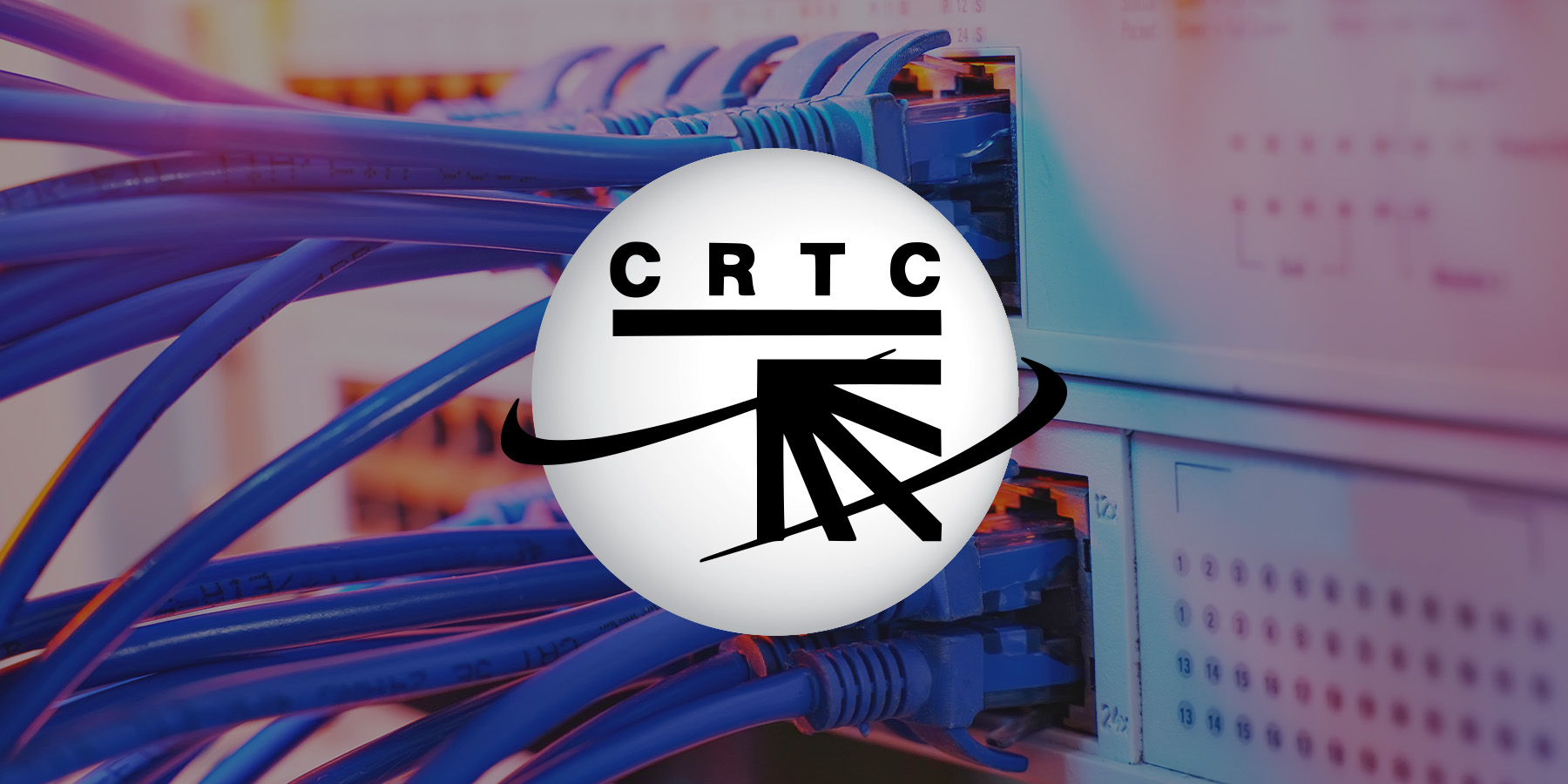

OPINION: Preparing to effectively engage & consult with Indigenous communities a necessary step
Opinion | | March 12, 2025
As the CRTC prepares to launch an Indigenous stream of the Broadband Fund and works on reconciliatory improvements to the fund overall, industry proponents need to begin thinking about what it means to effectively engage with Indigenous communities and start to craft their approach in order to maximize project success.
However, Indigenous engagement and consultation is not a tick-box exercise–it is a collaborative process and should be conducted in good faith. Proponents who have questions are encouraged to seek advice and guidance.
There is a strong need to recognize that there is a societal expectation for continued support of the Truth and Reconciliation Commission of Canada: Calls to Action; specifically Call to Action #92 that calls upon the corporate sector in Canada “to adopt the United Declaration on the Rights of Indigenous Peoples as a reconciliation framework and to apply its principles, norms, and standards to corporate policy and core operational activities involving Indigenous peoples and their lands and resources.”
Working and consulting with Indigenous communities is not a task that can be done off the side of a desk–it requires a human-centred approach. With this in mind, the following must be considered:
Early planning
First off, Indigenous cultural competency training will provide proponents with the skills and background required to understand historical impacts, gain a high-level understanding of the current legal/regulatory environment, and adopt acceptable terminology. This is necessary as it signifies a willingness to foster cultural self-awareness, improve effective communications, and a willingness to eliminate systemic biases.
Secondly, relationships matter. Fostering relationships built on trust through workforce development and/or sponsorship opportunities will allow proponents to set the stage for future engagement.
Preparation
Asking and answering the “5W’s and H” questions is the key to being prepared to launch a project.
Who is involved? Identify impacted communities, the provincial or federal Crown can assist with this task.
Define what land rights are involved. Is the project on reserve-land or does it impact traditional territorial lands? Highway corridors, bridge lands, headwater lands, lands currently impacted by an Indigenous land claim, land owned fee simple by a First Nation, etc. are all variables to consider. This is not an exhaustive list. Review publicly available information to learn about Indigenous interests and plan appropriately.
Consider the why or why not. Why should the First Nation support the project? What are the project benefits? Consider the potential impacts to Indigenous rights.
Where, when, and how engagement takes place is important. Indigenous communities are autonomous and individually govern their own affairs, therefore a separate and individual engagement process must be conducted for each community and an individual engagement plan must be tailored for each community.
Many communities have published consultation protocols, such as Alderville First Nation which outlines the process and principles for engagement in their community. Understanding the policies and procedures for each community will help to eliminate frustrations and help advance the process.
Smaller, remote communities may not have official procedures guiding engagement, therefore, items to consider may include willingness and/or ability for the community to participate virtually, that in-person engagement is preferred, avoiding significant days such as National Indigenous Peoples Day and traditional Indigenous practices relating to hunting, trapping, etc., and most importantly consideration to providing capacity funding that will support engagement efforts. Proponents are encouraged to document all engagement efforts in a communication log and record a description of engagement activities and outcomes.
Effectively engaging and consulting with Indigenous communities is based on the principle of the United Nations Declaration on the Rights of Indigenous Peoples (UNDRIP). In 2021, Parliament enacted the UNDRIP Act, which affirmed UNDRIP as a “universal international human rights instrument with application in Canadian law,” which requires Canadian laws to be consistent with UNDRIP. References to “free, prior, and informed consent” (FPIC) are mentioned throughout UNDRIP and understanding and applying this concept to project planning is key. Indigenous communities should be included in discussions about projects that have the potential to impact both reserve and traditional territorial lands prior to decisions being made.
Indigenous engagement is not just a procedural requirement, it is a fundamental step towards reconciliation, ethical business practices, and long-term project success.
A core Indigenous value synonymous with effective engagement is known as “working in a good way.” This teaching promotes culturally appropriate and respectful dialogue, incorporating Indigenous perspectives, and working collaboratively to achieve a common goal.
The success of the CRTC’s funding and our collective ability to bridge the digital divide will not only depend on infrastructure investments but also on our capacity to build and maintain these relationships. Now is the time for industry stakeholders to move beyond transactional consultations and embrace an approach that creates shared value for all.
Melanie Pilon is the principal and founder of Melanie Pilon Strategies Inc. With more than 10 years of senior work experience in economic development, telecommunications, and Indigenous affairs, she is also currently the Mayor of the Municipality of Wawa, Ont. A proud Anishinaabe Kwe, she is a member of the Wiikwemkong Unceded Territory who has the proven ability to lead change and create sustainable impact.



